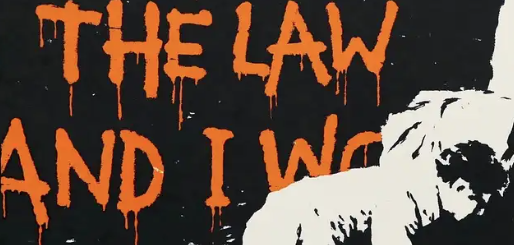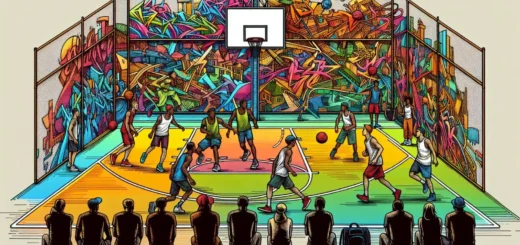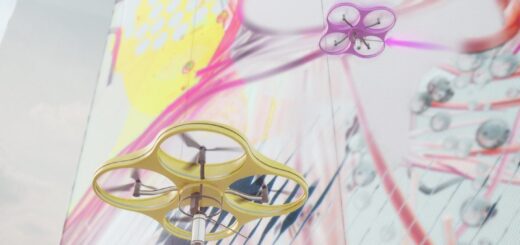Cities with the Most Beautiful Graffiti: Art Without Boundaries – Buenos Aires, Argentina
A stroll through the City of Fair Winds is like a tour of an endless open-air museum of graffiti, murals and street art. Recognized as one of the best graffiti cities, Buenos Aires has a colorful history of street art. Graffiti began in the 1950s and 1960s primarily serving as a medium for political expression. However, this movement came to an abrupt halt between 1976 and 1983 due to the rule of a military dictatorship. The art of graffiti gradually regained its momentum in the 1990s, with the most significant surge occurring after 2001 in response to the country’s economic crisis and political instability. Interestingly, much of the work produced during this period wasn’t politically driven. Rather, artists gravitated toward vibrant, playful, and humorous designs, aimed at lifting the spirits of the newly unemployed. This distinctive style continues to characterize the Buenos Aires scene today, setting the city’s artwork apart from the more cynical and politically-charged graffiti found in other cities around the world.
Another key difference in the Buenos Aires graffiti scene is its relationship with the law. Although graffiti is technically illegal in Buenos Aires, enforcement is far more relaxed than in other countries. Artists usually only need permission from the property owner or neighborhood association to create their work. The ability to paint on a wall in broad daylight without fear of arrest allows graffiti to be larger, more comprehensive, and more polished. This is in stark contrast to cities like New York or London, where artists are forced to create their work under cover of night, often in a hurry.
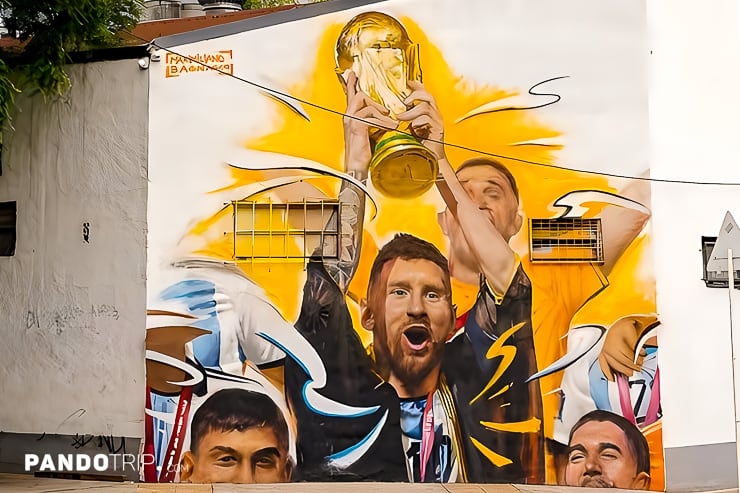
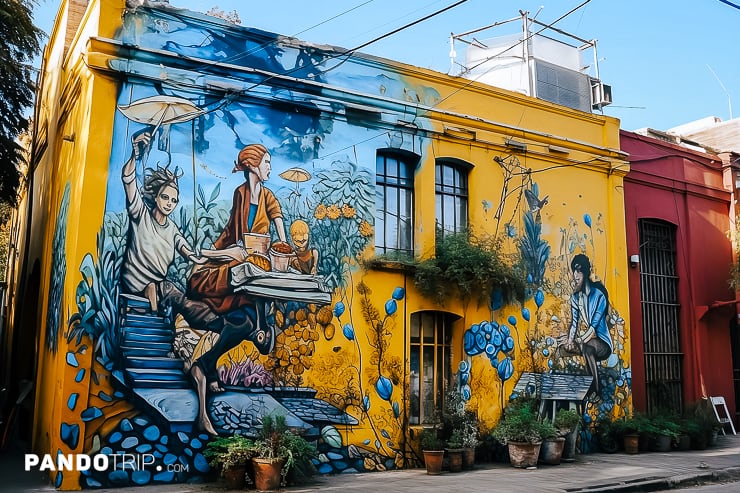
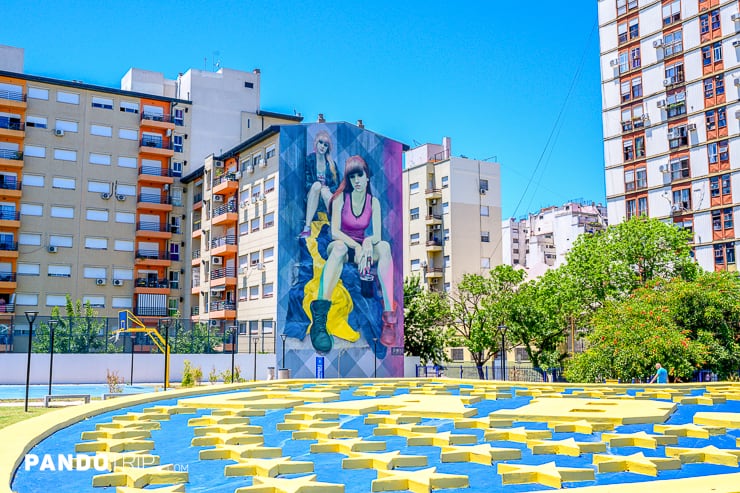
Buenos Aires has several areas known for graffiti. La Boca and Barracas, two southern neighborhoods, are especially rich in street art. Barracas is also home to El Regreso De Quinquela, the world’s longest mural by a single artist. Another point of interest for graffiti enthusiasts is Villa Urquiza. The area is best known for its abandoned buildings that have served as a sanctuary for graffiti and street artists since 2007.

